Home>Furniture>Outdoor Furniture>How To Care For A Paver Patio
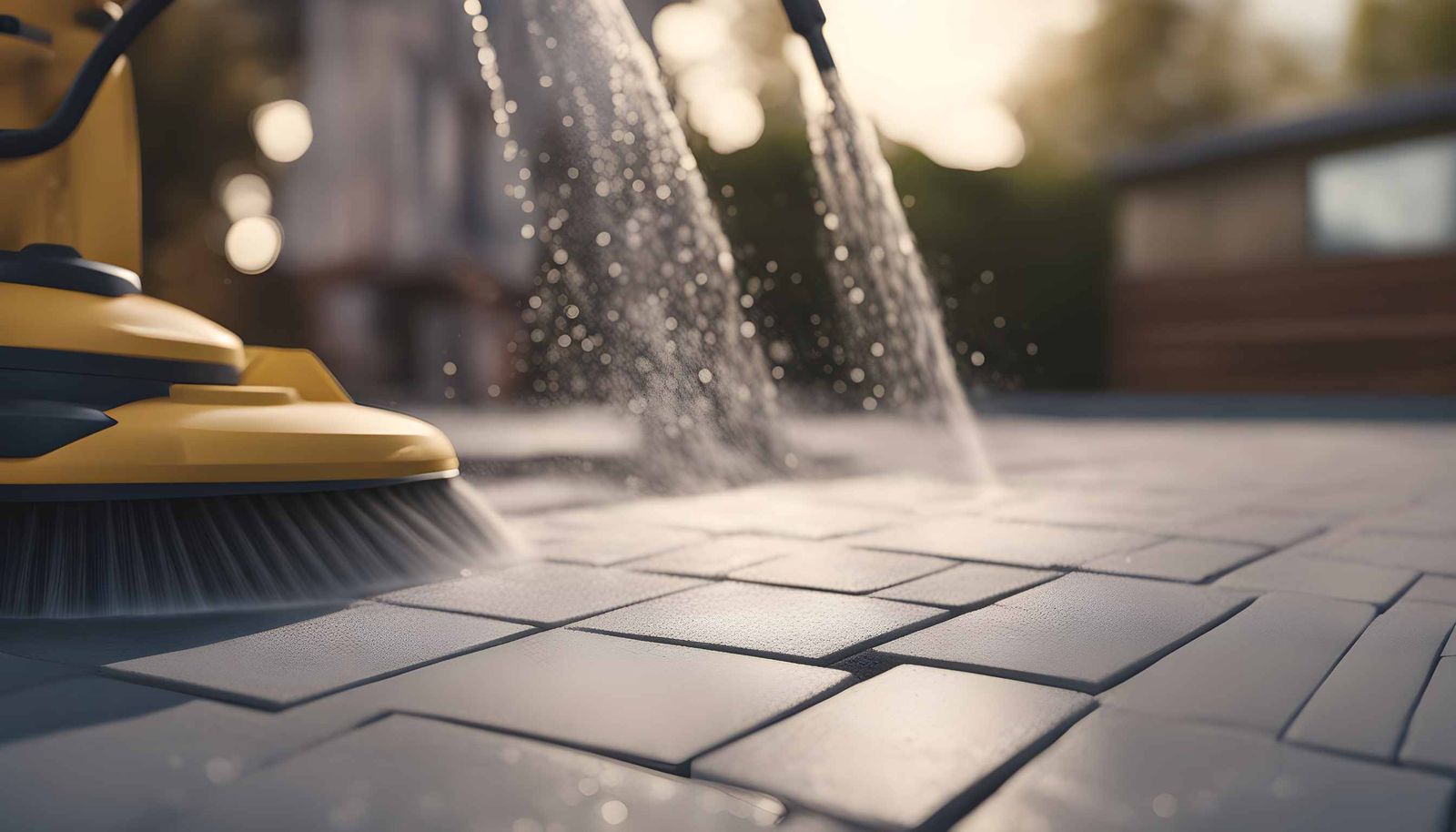

Outdoor Furniture
How To Care For A Paver Patio
Modified: March 7, 2024
Learn how to properly care for your paver patio and protect your outdoor furniture. Find helpful tips and tricks to maintain a beautiful outdoor space.
(Many of the links in this article redirect to a specific reviewed product. Your purchase of these products through affiliate links helps to generate commission for Storables.com, at no extra cost. Learn more)
Introduction
Having a paver patio can transform any outdoor space into a beautiful and functional area for relaxation and entertainment. Whether you use your patio for hosting barbecues, enjoying a morning coffee, or simply lounging in the sun, it’s important to provide proper care and maintenance to ensure its longevity and aesthetic appeal.
A well-maintained paver patio not only enhances the overall look of your outdoor space but also prevents potential hazards such as tripping on uneven surfaces or slipping on moss-covered pavers. In this guide, we will outline the essential steps to effectively care for your paver patio and keep it looking pristine year-round.
Key Takeaways:
- Regular cleaning, sweeping, and weed removal are essential for maintaining a beautiful and safe paver patio. These simple tasks prevent hazards and keep the patio looking pristine year-round.
- Sealing the pavers, addressing stains promptly, and protecting the patio in extreme weather are crucial for preserving its durability and visual appeal. By taking proactive measures, you can enjoy a stunning outdoor space for years to come.
Read more: What Is A Paver Patio
Cleaning and Sweeping
Regular cleaning and sweeping of your paver patio is an important step in maintaining its appearance and preventing the buildup of dirt, debris, and stains. Here are some guidelines to follow:
- Start by removing any loose debris, such as leaves, twigs, and dirt, with a broom or leaf blower.
- Next, mix a solution of mild soap or detergent with warm water. Use a scrub brush or a push broom with stiff bristles to scrub the surface of the pavers. This will help remove any stubborn stains or grime.
- Rinse off the soapy residue using a garden hose or a pressure washer. Be sure to set the pressure washer to a low setting to avoid damaging the pavers.
- If you notice any remaining stains or discoloration, consider using a paver cleaner specifically designed for your type of pavers. Follow the manufacturer’s instructions carefully to effectively remove the stains.
It’s important to note that certain types of pavers, such as natural stone or porous pavers, may require specific cleaning techniques or products. Always check with the manufacturer or a professional for the best cleaning methods for your specific paver patio.
In addition to regular cleaning, it’s a good idea to sweep your paver patio on a weekly or bi-weekly basis. This will help prevent the accumulation of dirt and debris, which can cause stains and deterioration over time.
Sweeping also helps redistribute the joint sand between the pavers, which is crucial for maintaining stability and preventing weed growth.
By incorporating regular cleaning and sweeping into your patio maintenance routine, you can keep your pavers looking clean and vibrant for years to come.
Removing Weeds and Moss
Weeds and moss can quickly turn a pristine paver patio into an unsightly mess. It’s important to tackle these growths as soon as you notice them to prevent further damage to your pavers. Here are a few methods to effectively remove weeds and moss from your patio:
- Manual Removal: Use a small hand tool, such as a hand weeder or a screwdriver, to carefully lift and remove weeds from the joints between the pavers. Be sure to remove the entire root to prevent regrowth. Similarly, use a stiff brush or a putty knife to scrape away moss from the surface of the pavers.
- Organic Weed Control: For a more natural approach, consider using organic weed control methods. One option is to create a mixture of equal parts vinegar and water, or a solution of salt and water. Apply the solution directly to the weeds or moss and allow it to sit for a few hours before gently scrubbing or scraping them away.
- Commercial Weed Control: There are also commercial weed control products available that are specifically designed for removing weeds from paver patios. Read the instructions carefully and apply the product according to the manufacturer’s guidelines. Remember to choose a product that is safe for use on your type of pavers.
- Prevention: To prevent future weed or moss growth, it’s important to maintain the joint sand between the pavers. Regularly inspect the joints and refill any gaps or low areas with fresh joint sand. Additionally, consider applying a weed inhibitor or sealant to the pavers to create a protective barrier against weed seeds.
By promptly removing weeds and moss and implementing preventative measures, you can keep your paver patio weed-free and maintain its overall aesthetic appeal.
Stain and Mildew Removal
Stains and mildew can detract from the beauty of your paver patio. Whether it’s oil spills, rust stains, or the presence of mildew, it’s important to address these issues promptly to restore the original appearance of your patio. Here are some methods you can use to remove stains and mildew:
- Oil Stains: To remove oil stains, start by absorbing any excess oil with a clean cloth or paper towel. Next, sprinkle an absorbent material such as baking soda, cornstarch, or kitty litter over the stain and let it sit for a few hours to absorb the remaining oil. Once the stain has been absorbed, sweep away the absorbent material and clean the area with a mild detergent and water solution.
- Rust Stains: Rust stains can be challenging to remove. There are specific rust stain removers available that are safe for use on paver patios. Follow the instructions provided by the manufacturer and apply the product to the affected area. Scrub the stain gently using a brush or sponge, and rinse with water.
- Mildew Removal: If you notice the presence of mildew on your paver patio, start by sweeping away any loose debris. Create a solution of equal parts water and white vinegar or bleach. Apply the solution to the affected area and let it sit for a few minutes. Scrub the mildew stains gently using a brush or sponge, then rinse thoroughly with water. Ensure adequate ventilation when using bleach and follow safety precautions.
- Pressure Washing: For tough stains or extensive mildew growth, you may consider using a pressure washer. Choose a pressure washer with an appropriate PSI setting to avoid damaging the pavers. Be sure to follow the manufacturer’s instructions and keep the pressure washer wand at a safe distance to prevent any mishaps.
Remember, when using cleaning products or chemicals, always test them in an inconspicuous area first to ensure they will not cause discoloration or damage to your pavers. It’s also essential to wear protective gloves and eyewear when handling any cleaning products.
By addressing stains and mildew promptly and using the appropriate cleaning methods, you can keep your paver patio looking clean and fresh.
Sealing the Pavers
Sealing your paver patio is a crucial step in maintaining its durability and appearance. Sealing helps to protect the pavers from stains, fading, and the damaging effects of the sun and weather. Here are the steps to properly seal your pavers:
- Clean the Pavers: Before sealing, ensure that your paver patio is thoroughly cleaned and free from any dirt, debris, or stains. Use a pressure washer or scrub brush with a mild detergent and water solution to clean the surface of the pavers. Allow the pavers to dry completely before proceeding.
- Choose the Right Sealer: There are different types of sealers available, such as water-based or solvent-based sealers. Consider the type of pavers you have and consult with a professional or the manufacturer to determine the best sealer for your specific needs. Additionally, check if the sealer provides UV protection, as this will help prevent fading.
- Apply the Sealer: Follow the manufacturer’s instructions for the sealer application. Using either a brush or a roller, apply an even coat of the sealer across the surface of the pavers. Pay close attention to the joints between the pavers, as they should be filled with the sealer to prevent water penetration and weed growth. Ensure that the sealer is evenly distributed and that there are no puddles or excess sealer left on the surface.
- Drying Time: Allow the sealer to dry according to the manufacturer’s instructions. This may vary depending on the type of sealer used and the weather conditions. Avoid walking on the sealed surface until it is completely dry.
Sealing your pavers should be done periodically, typically every 2-3 years, or as recommended by the manufacturer. However, factors such as the climate and foot traffic may affect the frequency of sealing. Regularly inspect your paver patio to determine if it needs resealing.
By sealing your pavers, you can enhance their color, protect them from stains and fading, and prolong their lifespan, ensuring your patio looks beautiful for years to come.
Regularly sweep and remove debris from your paver patio to prevent staining and weed growth. Use a mild detergent and water to clean any stubborn stains. Apply a sealer every 2-3 years to protect the pavers from weathering.
Read more: What Are Pavers For Patio
Repairing Cracks or Damages
Over time, paver patios may develop cracks or damages due to various factors such as thermal expansion, settling, or heavy impact. It’s important to address these issues promptly to prevent further deterioration and maintain the integrity of your patio. Here are the steps to repair cracks or damages in your paver patio:
- Inspect the Pavers: Thoroughly inspect your patio to identify any cracks or damaged pavers. You may notice hairline cracks, larger cracks, or pavers that have shifted or sunk.
- Remove the Damaged Pavers: If you find any damaged pavers, carefully remove them using a pry bar or a flathead screwdriver. Gently lift the paver without disturbing the surrounding ones.
- Prepare the Area: Clean the opened space and remove any debris, sand, or loose materials from the area. Ensure that the base is stable and level.
- Replace the Pavers: Once the area is prepared, replace the damaged pavers with new ones of the same size, texture, and color. Align them properly and ensure they fit snugly in place.
- Fill the Joints: Use joint sand to fill the gaps between the pavers. Sweep the sand into the joints, ensuring they are evenly filled. Compact the sand using a tamper or the back of a garden shovel to ensure stability.
- Compact and Level: After filling the joints, use a compactor or a rubber mallet to gently tap the pavers down and level them with the surrounding ones. This will ensure a smooth and cohesive surface.
If the cracks in your paver patio are more extensive or if there is a significant amount of shifting or sinking, it is recommended to consult a professional for a more thorough assessment and repair.
Regularly inspect your paver patio for signs of cracks or damage and address them promptly to prevent further issues. By taking proactive measures, you can maintain the structural integrity and visual appeal of your patio.
Protecting the Patio in Extreme Weather
Extreme weather conditions can take a toll on your paver patio, causing damage and wear over time. It’s essential to take preventive measures to protect your patio from the effects of harsh weather. Here are some tips to help you safeguard your patio in extreme weather:
- Winter Protection: During the winter months, your paver patio may be subjected to freezing temperatures and snowfall. Before the winter season arrives, it’s crucial to clean the patio thoroughly and remove any debris or leaves. Wet debris can freeze and cause damage to the pavers. Additionally, consider applying a winterizing sealer to provide a protective layer against moisture and freezing conditions.
- Use Protective Covers: If you live in an area prone to heavy rain, hurricanes, or intense sun exposure, it’s a good idea to invest in quality protective covers for your patio furniture. Covers will shield the furniture from rain, wind, and UV rays, preventing fading, rusting, and other damage. Remove and store cushions and other accessories indoors when not in use.
- Avoid Chemical Deicers: During icy conditions, it may be tempting to use chemical deicers to melt ice on your patio. However, these deicers can damage the pavers and promote efflorescence. Instead, use sand or kitty litter for traction and ice melt products recommended by the manufacturer specifically for use on paver surfaces.
- Trim Overhanging Trees: If you have trees near your patio, ensure that branches are properly trimmed to prevent them from scraping or scratching the surface during high winds or storms. Falling branches can also cause significant damage, so regular tree maintenance is crucial.
- Check Drainage: Proper drainage is essential to prevent water from pooling on your paver patio. Check that the existing drainage system is functioning correctly and clear any clogged drains or gutters. Pooling water can cause deterioration and stains on the pavers over time.
By taking proactive steps to protect your paver patio from extreme weather conditions, you can increase its longevity and maintain its aesthetic appeal. Regularly inspect your patio after severe weather events to assess any potential damage and address it promptly.
Regular Maintenance Tips
To keep your paver patio in optimal condition throughout the year, it’s important to implement regular maintenance tasks. Here are some tips to help you maintain the beauty and functionality of your patio:
- Sweep Regularly: Sweep your paver patio regularly to remove dirt, leaves, and debris. This simple task can prevent the accumulation of stains and keep your patio looking clean.
- Inspect for Weed Growth: Regularly inspect the joints between the pavers for any weed growth. Promptly remove any weeds that appear to prevent them from spreading and causing damage to the pavers.
- Reapply Joint Sand: Over time, the joint sand between the pavers may erode or wash away. Inspect the joints and replenish the sand as needed. This will help maintain stability, prevent weed growth, and keep the pavers securely in place.
- Address Stains Immediately: If you notice any stains on your patio, such as oil spills or food stains, clean them up as soon as possible. The longer the stain sits, the harder it can be to remove. Use appropriate cleaning methods and products for the type of stain and pavers you have.
- Keep the Patio Moisture-Free: Excess moisture can lead to the growth of moss, mold, and mildew. Ensure proper drainage and regularly remove standing water from your patio to prevent these issues.
- Regularly Inspect for Damage: Regularly inspect your paver patio for any signs of cracks, shifting, or damage. Address any issues promptly to prevent further deterioration and ensure the longevity of your patio.
- Trim Landscaping Nearby: Keep plants, shrubs, and trees near your patio well-trimmed so that they do not encroach on the pavers. Overgrown vegetation can trap moisture and cause damage to the patio over time.
- Professional Maintenance: Consider scheduling professional maintenance for your paver patio periodically. Professionals can perform thorough cleaning, inspections, and repairs to keep your patio in top shape.
By following these regular maintenance tips, your paver patio will remain a beautiful and inviting space for years to come.
Conclusion
Caring for your paver patio is essential to preserve its beauty, functionality, and longevity. By following proper maintenance techniques and implementing regular upkeep, you can ensure that your outdoor space remains a stunning and inviting area for relaxation and entertainment.
Regular cleaning and sweeping will prevent debris buildup and maintain the overall cleanliness of your patio. Removing weeds and moss promptly will prevent their growth and protect the integrity of the pavers. Taking steps to remove stains and mildew will restore the natural beauty of your patio’s surface.
Sealing the pavers will provide an added layer of protection against stains, fading, and weather damage. Repairing cracks or damages as soon as they appear will prevent further deterioration and maintain the stability of your patio. Taking precautions during extreme weather conditions will safeguard your patio from potential harm.
Implementing regular maintenance tasks such as sweeping, inspecting for weed growth, reapplying joint sand, and addressing stains will keep your patio looking its best year-round. Trimming nearby landscaping, preventing excess moisture, and scheduling professional maintenance when needed are all crucial elements of proper patio care.
Remember, proper care and maintenance are key to enjoying a beautiful, durable, and safe paver patio for years to come. By investing time and effort into maintaining your patio, you can create an outdoor space that brings joy and relaxation to your everyday life while impressing friends and family with its beauty.
So, get out there and start taking care of your paver patio today. Your efforts will be rewarded with a stunning outdoor space that becomes the envy of the neighborhood.
Frequently Asked Questions about How To Care For A Paver Patio
Was this page helpful?
At Storables.com, we guarantee accurate and reliable information. Our content, validated by Expert Board Contributors, is crafted following stringent Editorial Policies. We're committed to providing you with well-researched, expert-backed insights for all your informational needs.
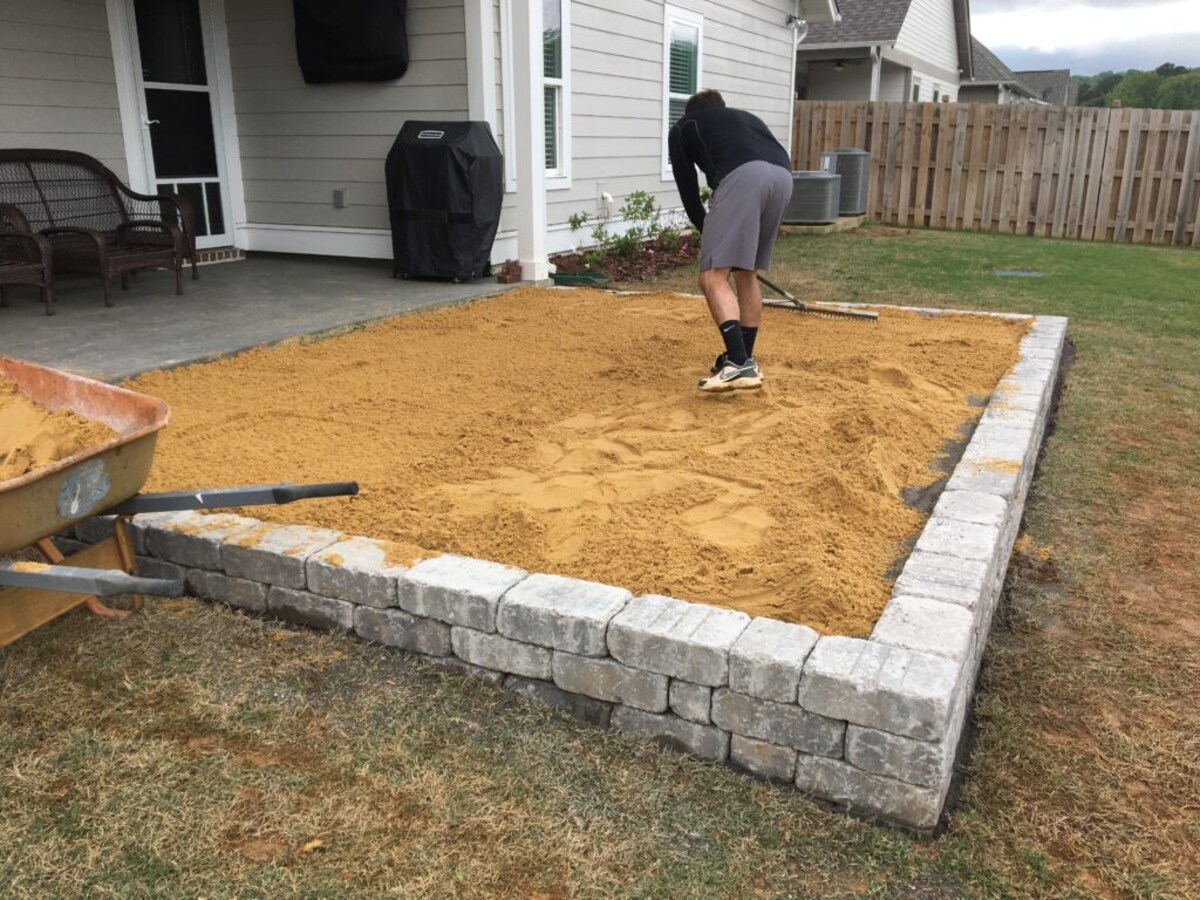
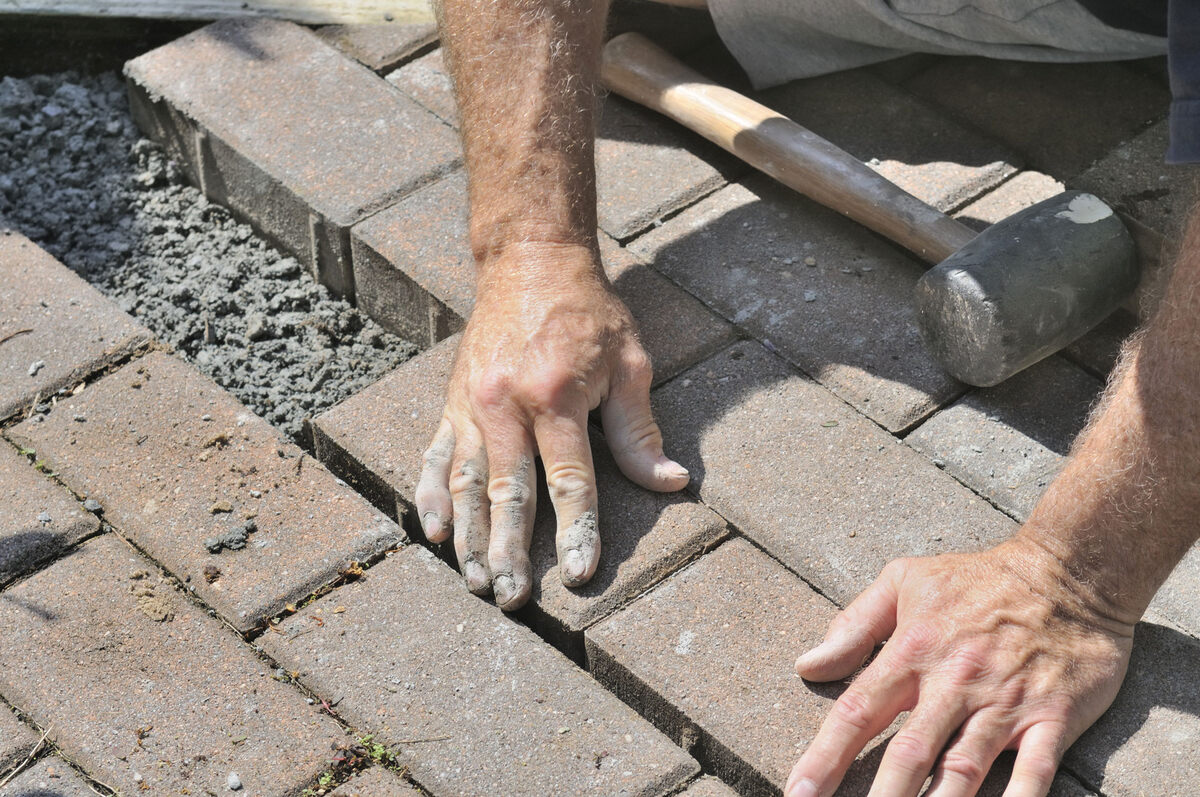
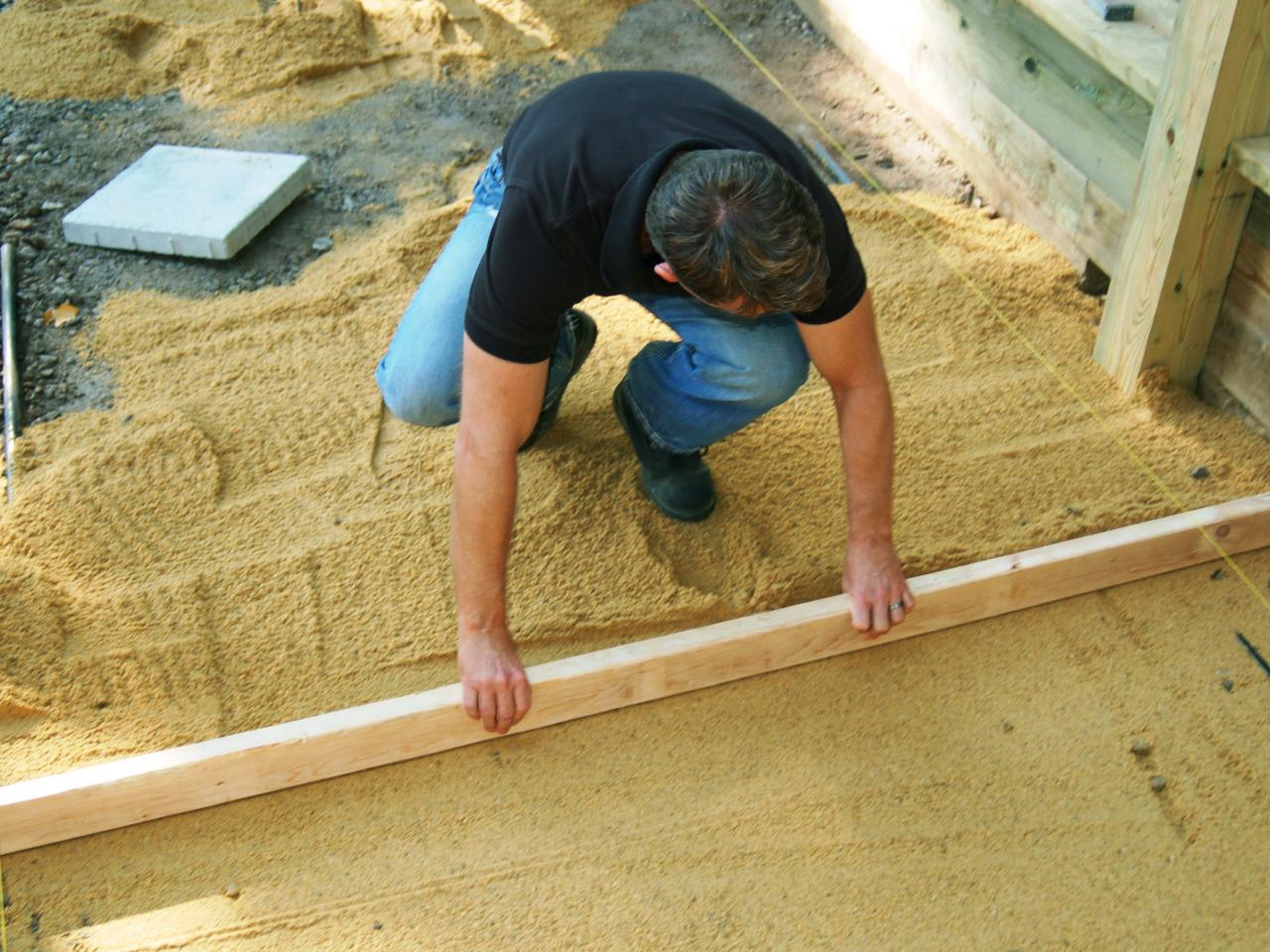
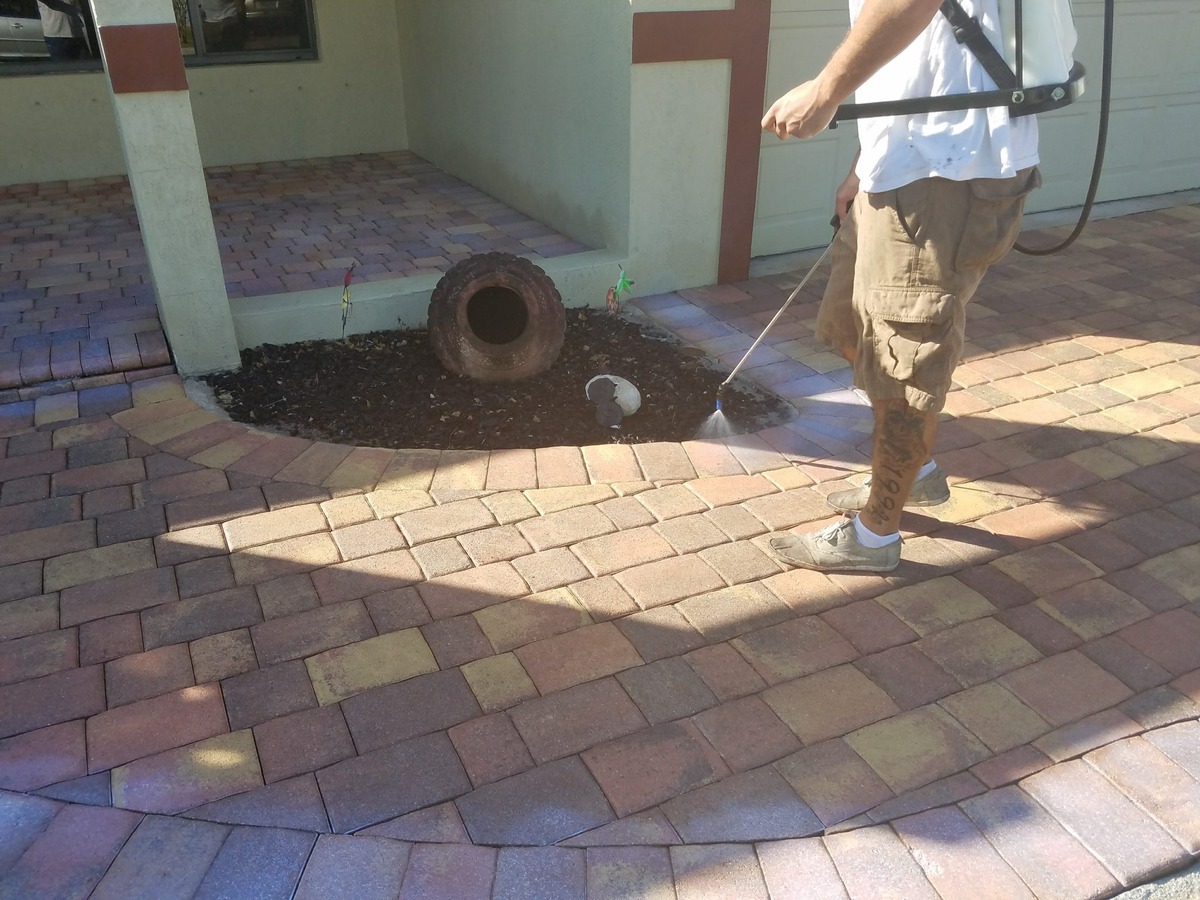
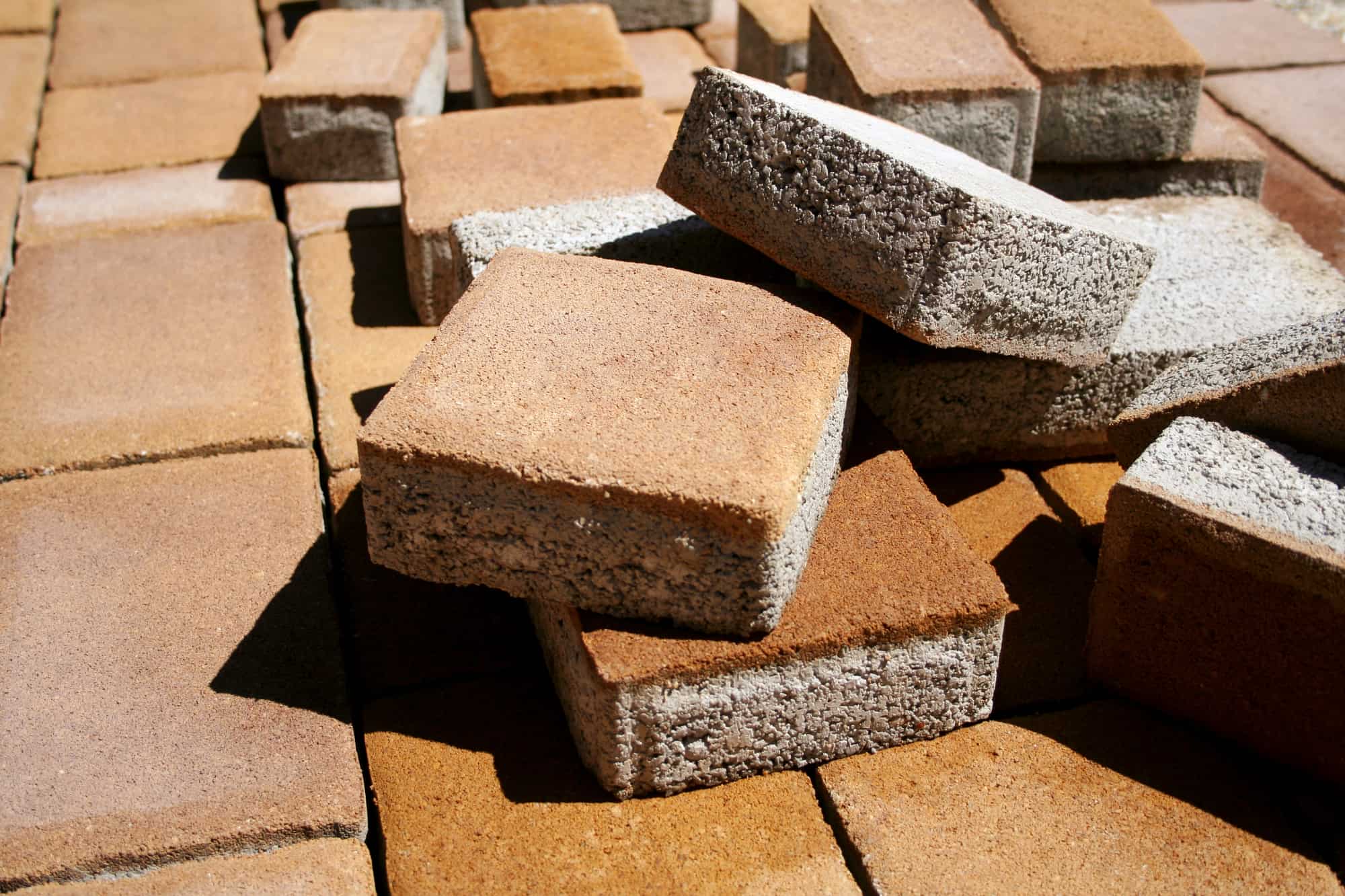
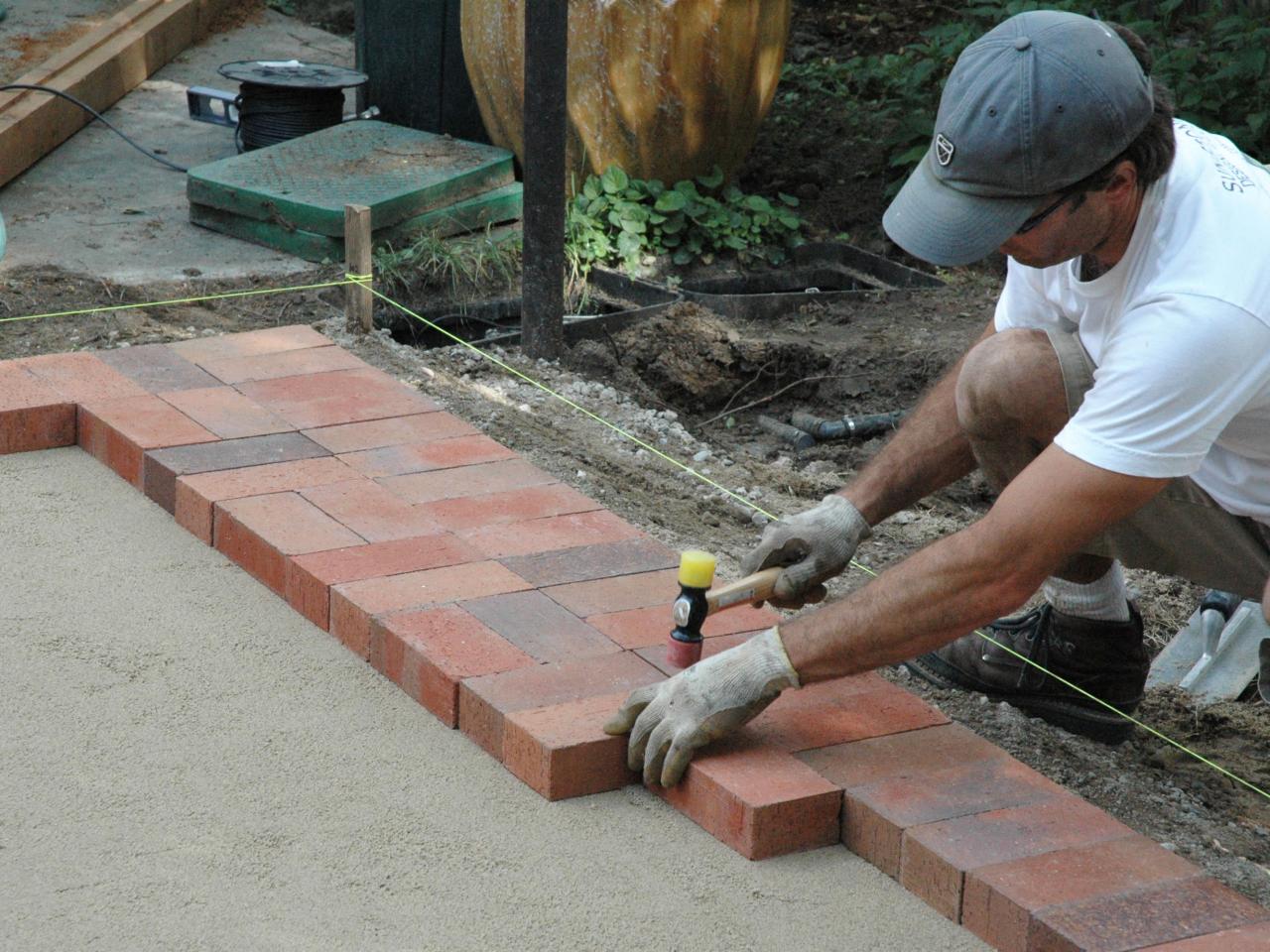
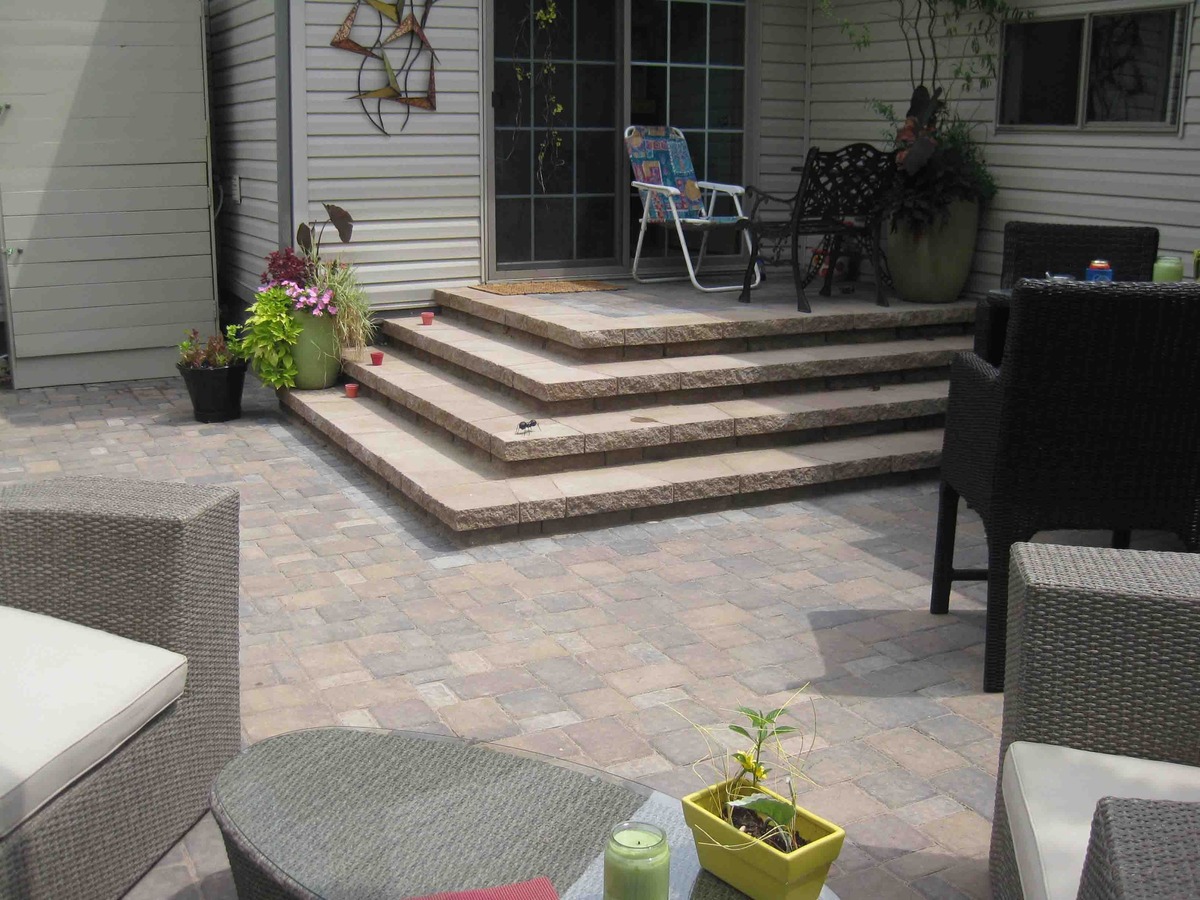
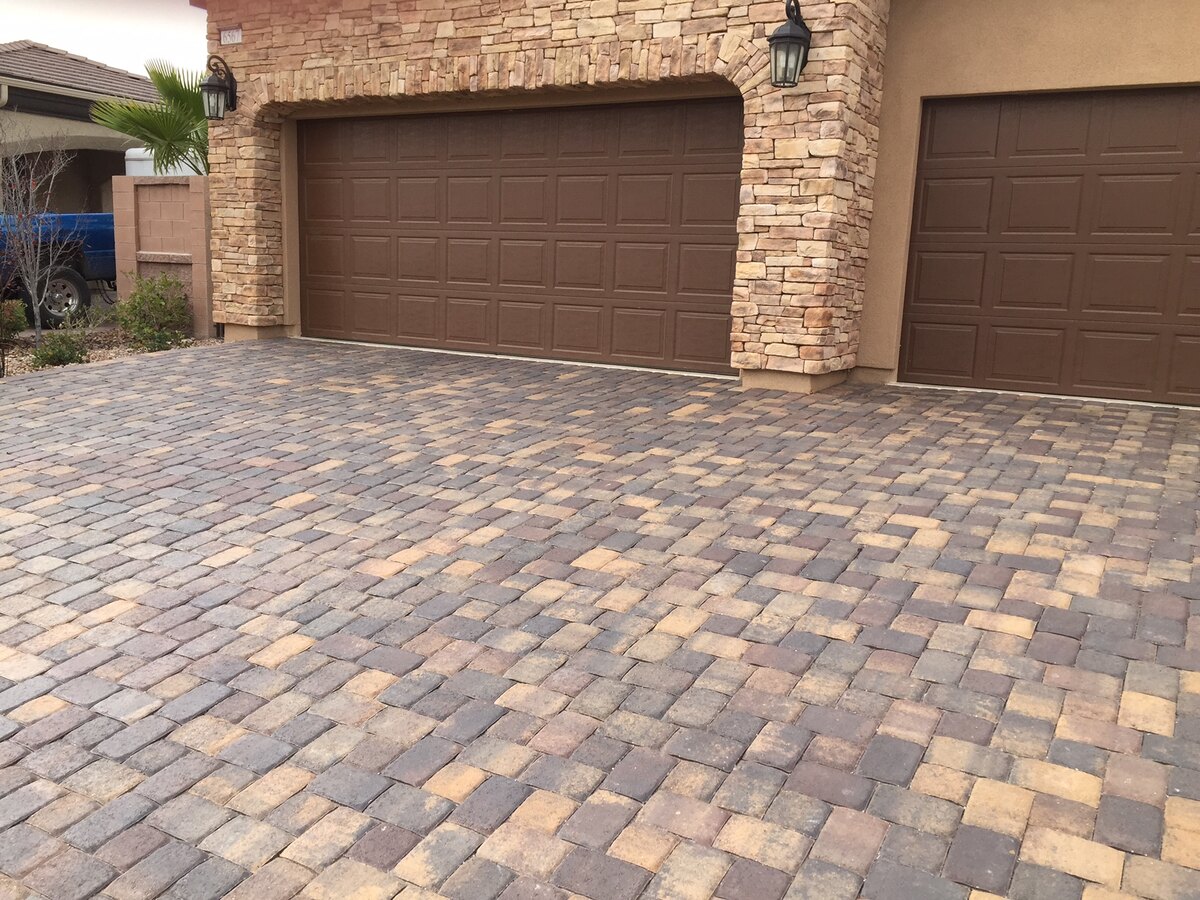
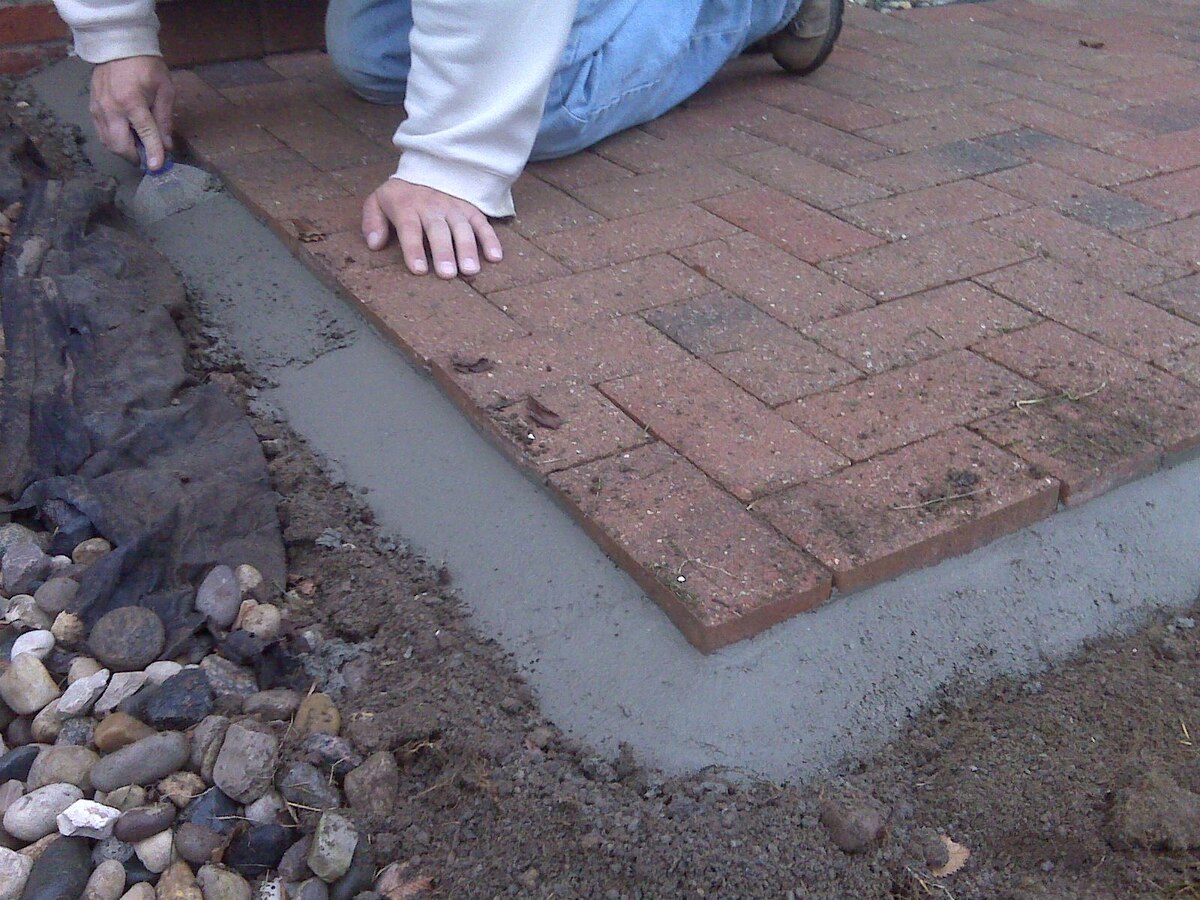
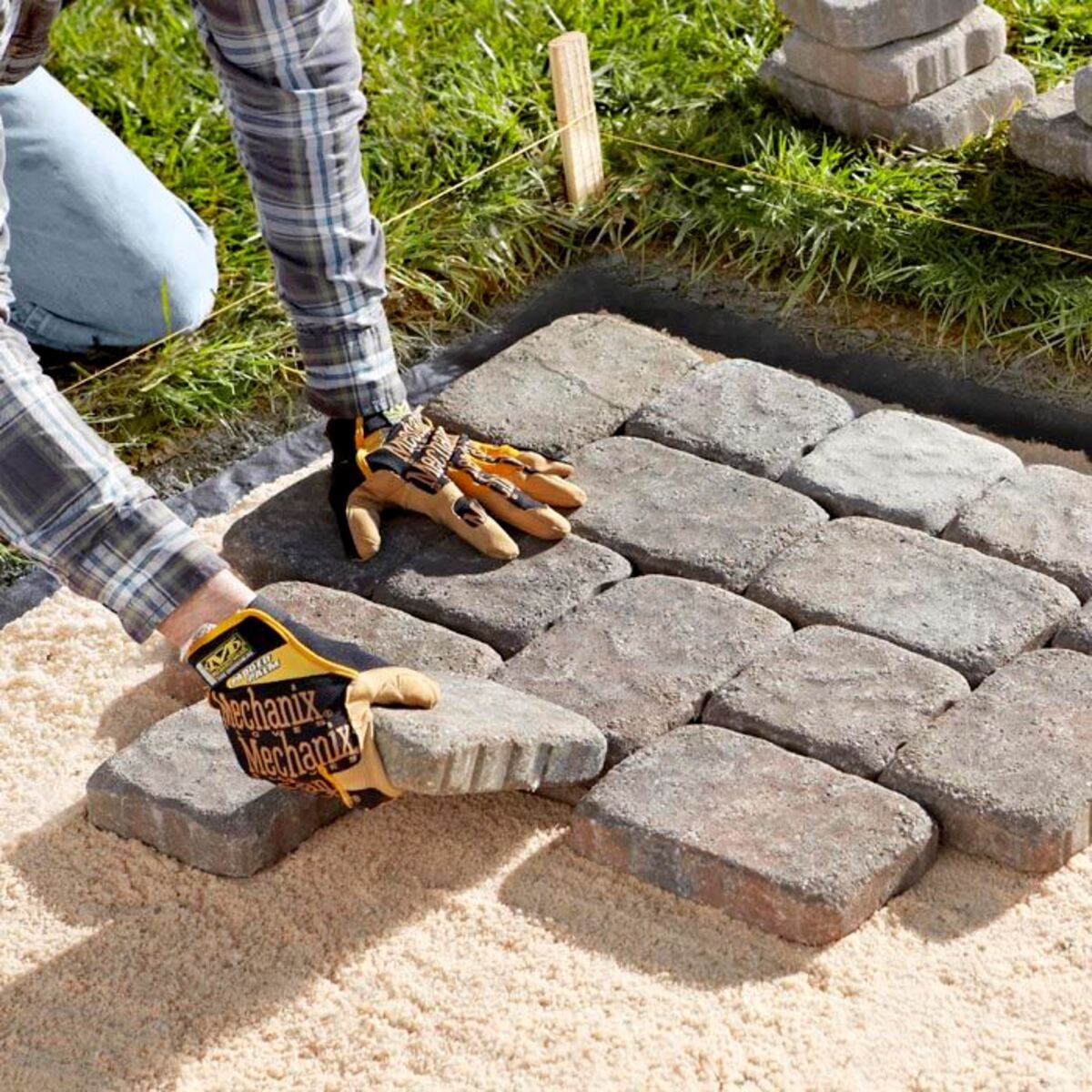
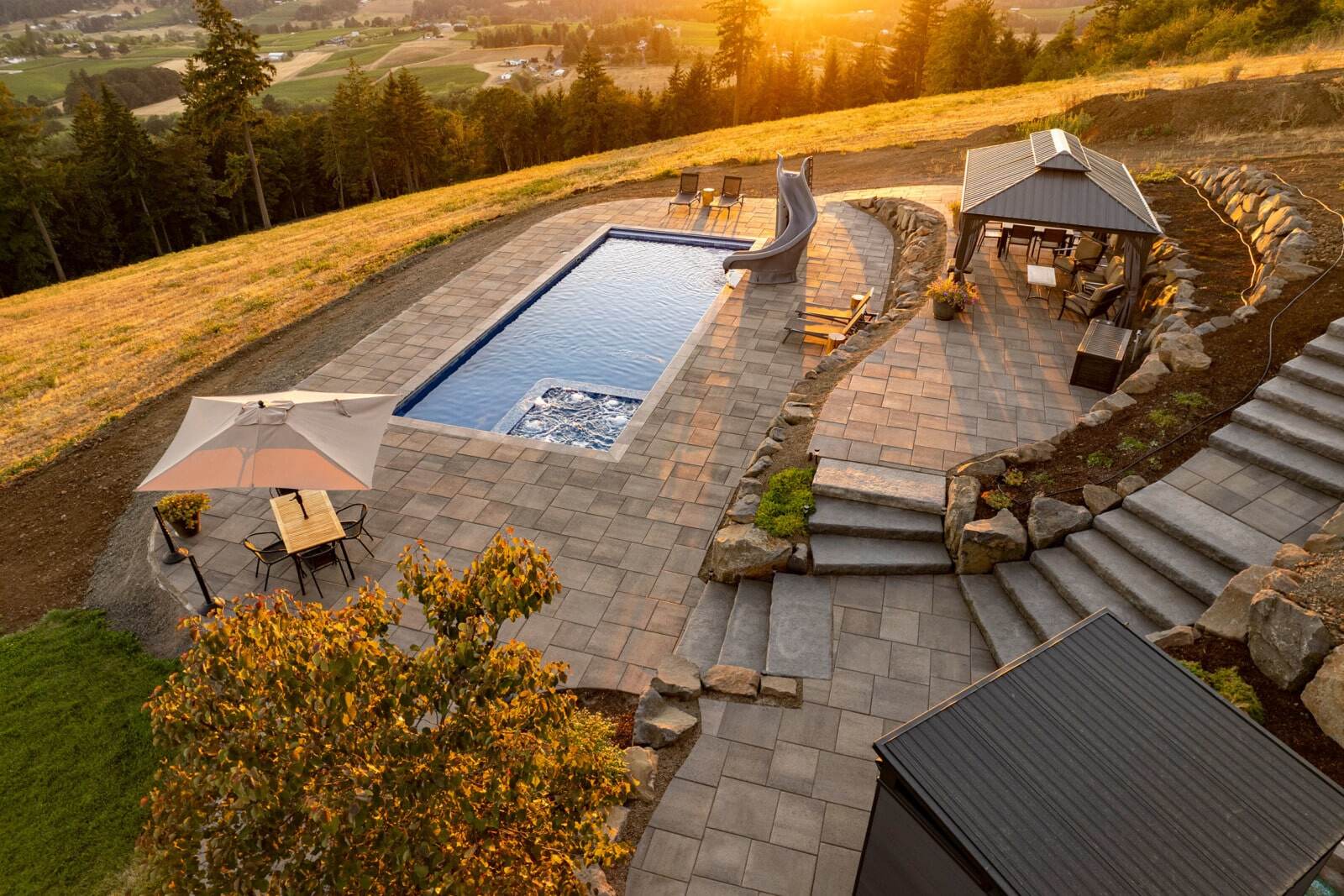
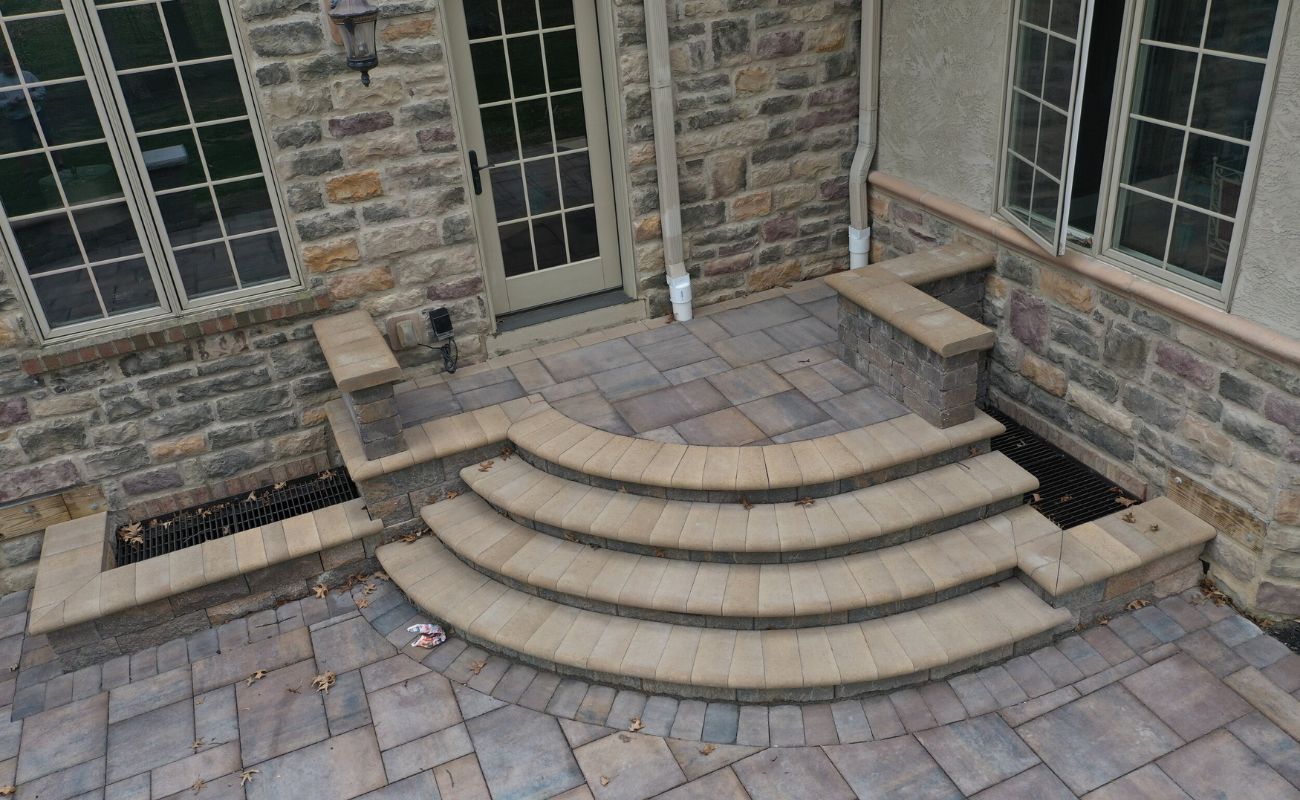
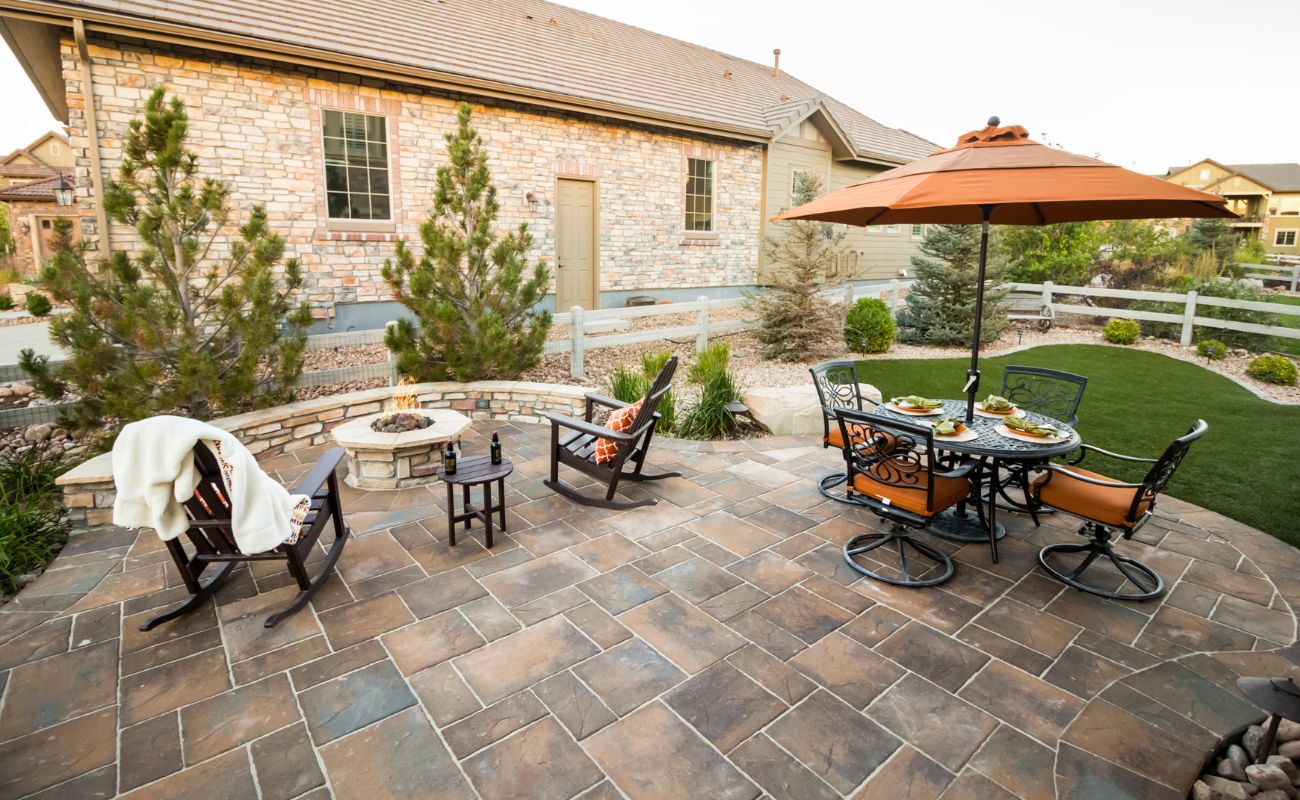
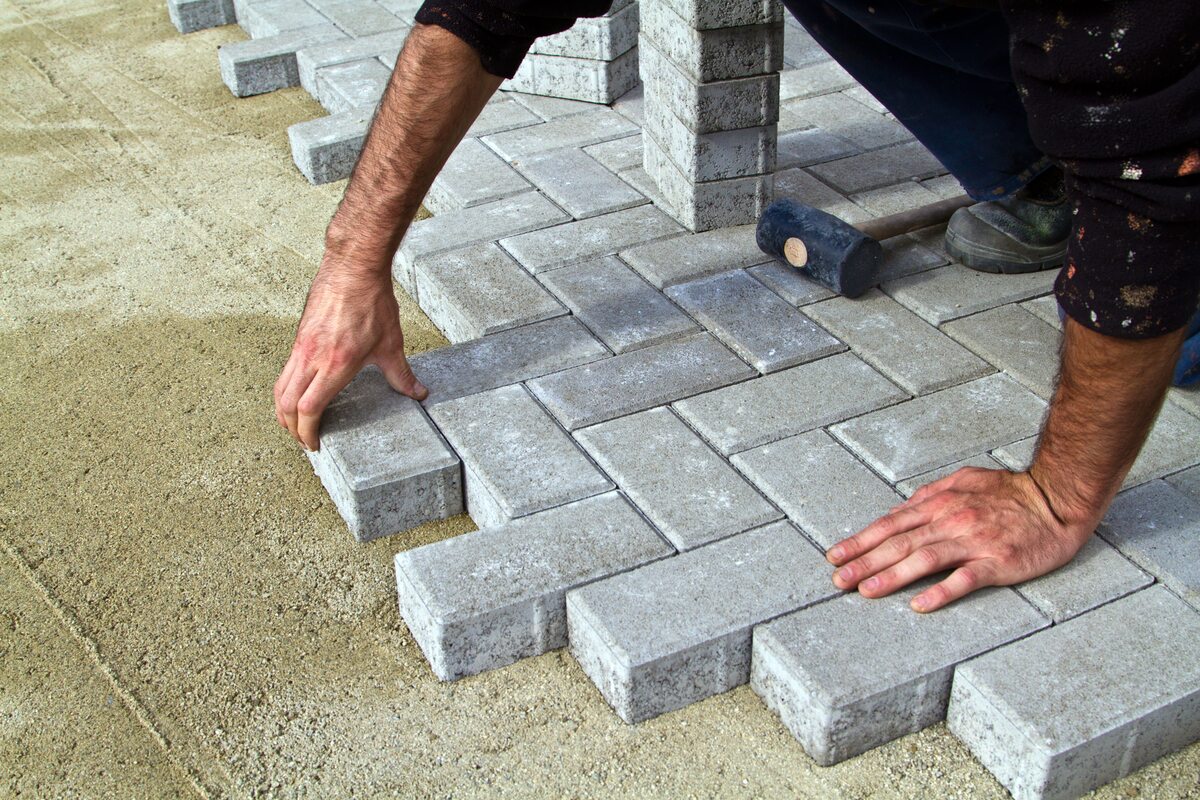

0 thoughts on “How To Care For A Paver Patio”